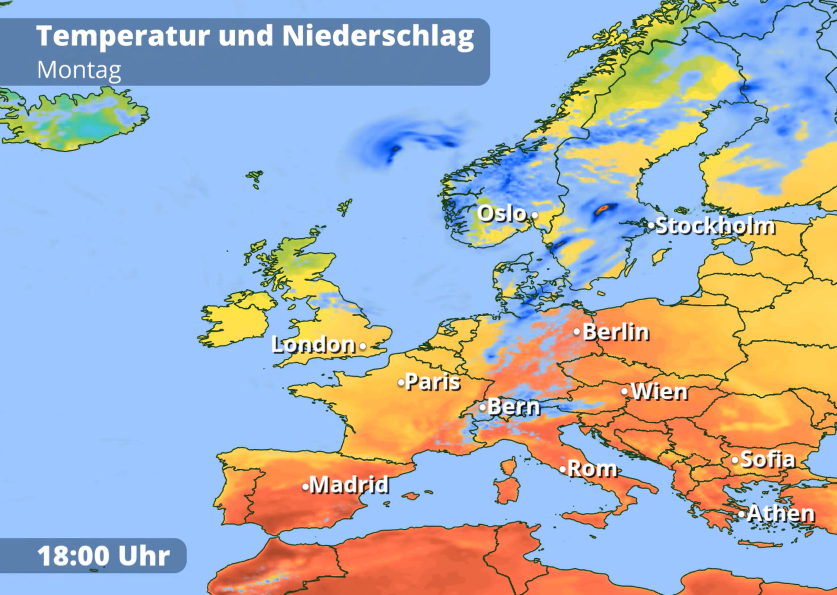Exclusive weather supplier for the company t-online
13.10.2022
We are pleased to announce that we are the new exclusive weather supplier for the online service t-online since October 2022. The company of Ströer Digital Publishing GmbH, which offers email and e-commerce in addition to news and advice content, will now source weather for app and web from wetter.com and METEONOMIQS.
Wide range of weather data
Weather is more than just temperature and precipitation data – t-online is aware of it. This is the reason why the company wants to provide their more than 30 million unique users with a wide range of the latest weather data at all times. In addition to the classic forecast parameters, such as hours of sunshine, cloud cover and wind speed, the news portal will also show important weather warnings in the future.
METEONOMIQS provides official warnings at the municipal level for Germany, which are continuously updated so that those affected in a region are quickly informed in the case of severe weather, thus can take action. “We are delighted to have gained an established partner for our weather in wetter.com”, says Sven Scheffler, Managing Director of Ströer Digital Publishing GmbH. “Especially in extreme weather situations, we need to be able to rely on precise and highly up-to-date forecasts being delivered. With wetter.com, we are sure that all dangers are detected early and are steadily updated.” In this respect, the rain radar published by t-online has also great importance. It shows the precipitation in Europe for the past and the next 90 minutes. In addition to the classic rain radar, the online portal will also display rain warnings that show the probability of precipitation in levels of “no rain”, “light rain” and “heavy rain”.
All data from METEONOMIQS is delivered to t-online via a REST API, which features a wide variety of data at the zip code level. These are then displayed in the online portal as dynamic weather maps, which are updated constantly. The special feature here is that the user can zoom into the animated maps, thus find all the relevant information specifically for his location.
In addition, the company will obtain static weather maps from wetter.com. These will be updated once a day and show, among other things, the precipitation forecast or wind flows in Europe via weather icons.
We are looking forward to the long-term partnership!


